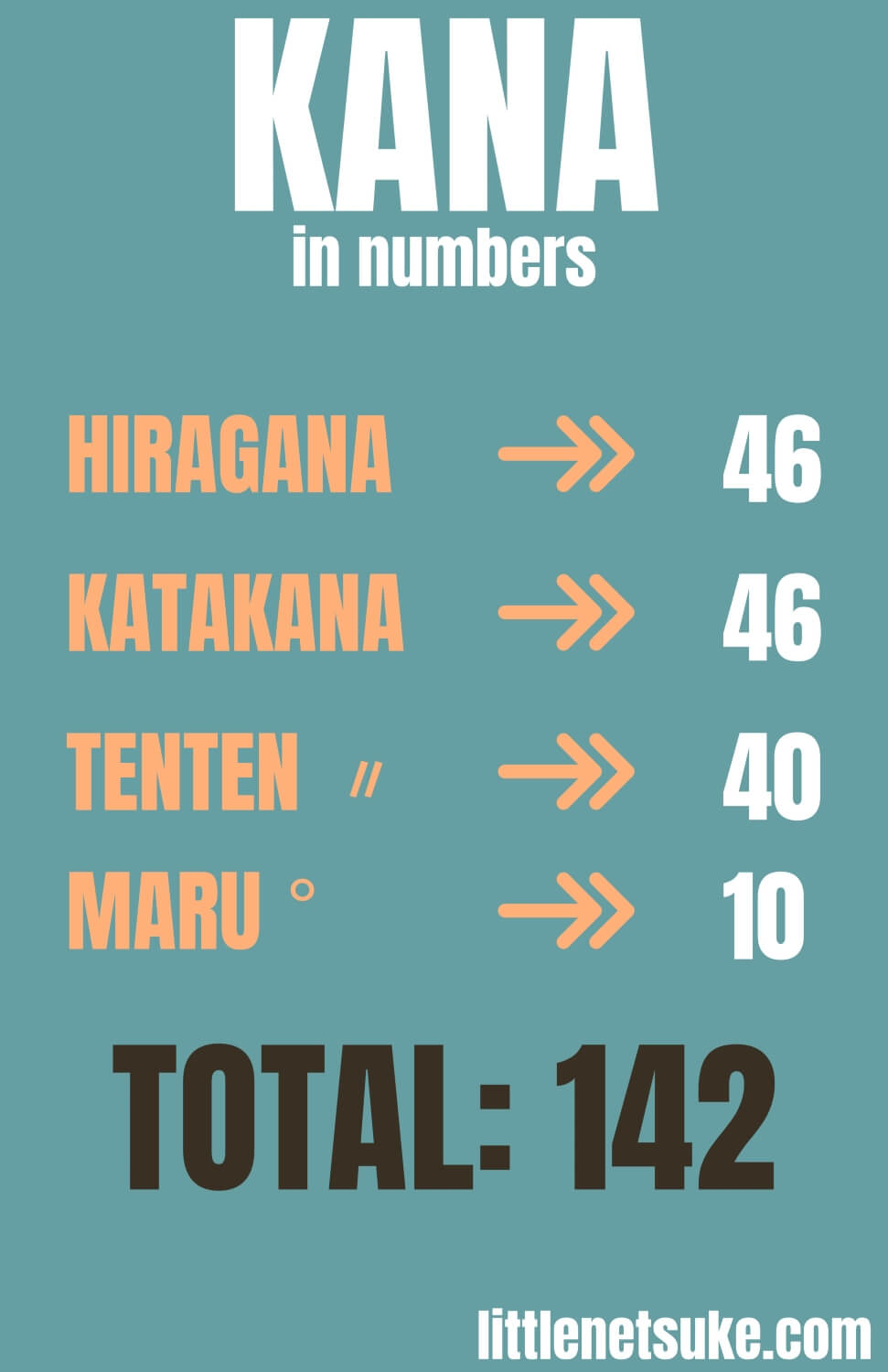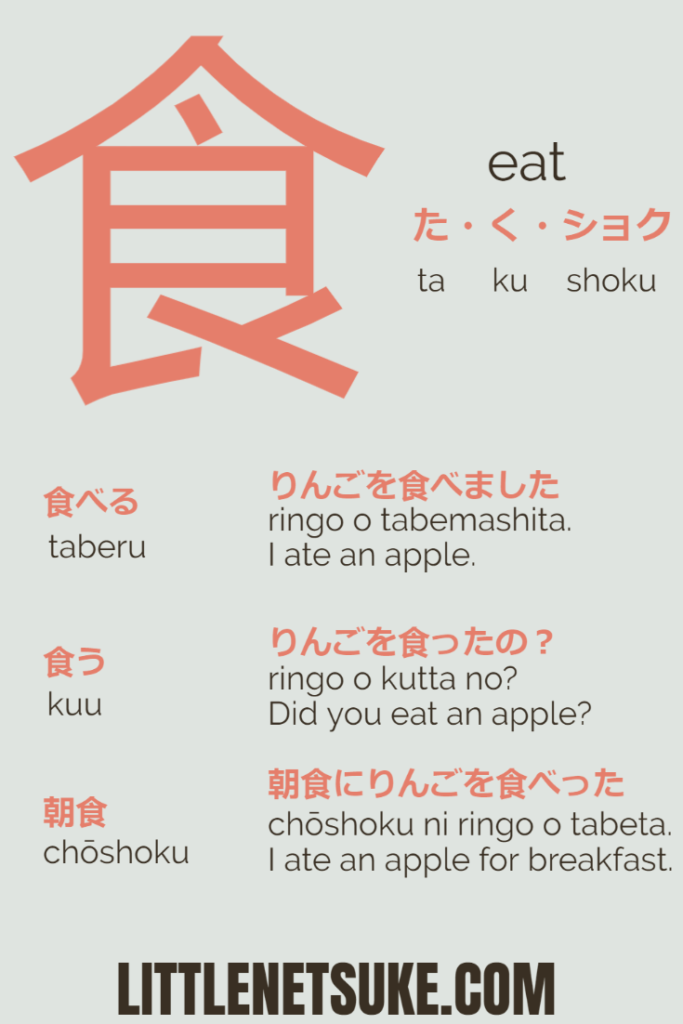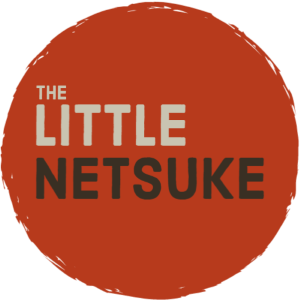When people start thinking about learning Japanese one of the first questions they ask is, ‘How difficult is Japanese?’ Online you will likely get one of two answers; “Japanese is so easy! I learned it just watching anime” or, “Japanese is almost impossible! It takes the Japanese 9 years to learn it.”
So, what’s the truth? In this post, we’ll look at three fundamental elements of the Japanese language; pronunciation, writing and grammar, and consider what’s difficult and what’s easy about each.
While different people struggle with different parts of any language, there are some that native English speakers typically find difficult.
The Japanese writing system
Most people are aware that Japanese is written using a bewildering array of characters that strike fear into even the most linguistically gifted. While this is true, there is a bit more to it than that.
In fact, Japanese is written with three scripts combined; ひらがな (hiragana), カタカナ (katakana) and 漢字 (kanji). Each of these scripts has one main function, hiragana deals with all the grammar bits, katakana all the foreign loan words and kanji all the solid bits (nouns, adjectives, verbs etc). We’ll look at the kana before moving onto the big one; kanji.

The Kana
Hiragana and katakana, or “kana” collectively, represent sounds or collections of sounds that might be written with 1, 2 or 3 letters of the English alphabet. For example す makes the sound ‘su’, like in ‘sushi’ (すし). There are 46 distinct characters in both hiragana and katakana (so 92 total), but if you add the extra characters made by adding this circle ゜ or these dashes ゛ to some of the original 46 you can get up to 142 total characters.
Compared to the measly 26 letters of the alphabet, it seems daunting, but there is one major advantage over the roman alphabet. Once you learn the sounds each character makes, that’s it. Unlike in English where ‘a’ could sound like the ‘a’ in ‘apple’ or the ‘a’ in ‘father,’ the あ of hiragana or the ア of katakana always make the same sound all day, every day (the ‘a’ in ‘father’).
You can memorise both of these sets of characters in the first couple of weeks. So after only the first two weeks of study you can look up any Japanese word and reliably sound it out without ever having heard it. Not something that can be said of English. Unfortunately, this is where kanji comes in and ruins everything.

Kanji
All Kanji have one or more associated sounds and meanings. For example the kanji 食, means ‘eat’ and its main sounds are ‘ta’ or ‘shoku’. This gives us the two Japanese words 食べる (taberu), eat and 定食(teishoku), set meal.
The slight kink is that at last count there were 2,136 characters on the official government list. As 食 (eat) shows there could be multiple sounds for each character based on the word it is being used to write. Keeping all this straight takes a lot of repetition.
So, what goes into acquiring a kanji? There are essentially four elements you need to learn for each kanji; form, sounds, meanings and compounds (words). The hardest being the sounds and compounds and the easiest being the form and meaning.
Today, many Japanese students tick off the meaning and form by combing the two to make memorable stories like the following example. 晶 is a kanji meaning sparkle, but really it is just the kanji for sun (日) three times. Put all this together by imagining that you are holding a diamond up to the light of the sun look how beautifully it splits the sun into three, sparkling in your eye. So now you have a vivid image for three suns meaning sparkle.
The sounds and compounds are best tackled with each new vocabulary word. So with Japanese you learn the sound ‘taberu’ (たべる) is the verb ‘to eat’ and it is written with 食+べる(食べる).
In short, Japanese is made much harder by the presence of kanji. It significantly adds to the number of things you have to master before becoming proficient with Japanese. Unlike with languages like French where you need to learn ‘chien’ equals dog, in Japanese you need to learn that ‘inu’ equals dog and ‘犬‘ is how it is written. This can significantly slow your progress.

Pronunciation
Japanese pronunciation is surprisingly simple. English has 36 individual sounds, or phonemes, but there are only 22 in Japanese. That means there are over 60% more sounds in English than Japanese.
The downside to this more restricted soundscape is the number of words that sound the same (homophones). There are significantly more homophones in Japanese than in English. Take ‘hashi’, for example, this short word can mean ‘chopsticks’, ‘bridge’ or even ‘edge.’ This sets any Japanese student a challenge; how do you keep all these words apart? That is where pitch accent can help.
Pitch Accent
In a sense pitch accent is similar to stress in English. We all know there is a difference between ‘I scratched my Dad’s record’ and ‘Let’s record NHK.’ Likewise, each Japanese word has a pitch.
Japanese pitch accent is essentially about the direction of the sound, separated between low “vowels” (mora) and high “vowels” (mora). The field of Japanese pitch accent presents a whole avenue of study in itself. To keep things simple, the patterns can be low-high (heiban and odaka), high-low (atamadaka) or low-high-low (nakadaka). There is much, much more to pitch accent in Japanese, but this gives you a basic idea.
These patterns allow you to differentiate between ‘hana ga ooki’ (花が大きい), ‘your flowers are big’ and ‘hana ga ooki’ (鼻が大きい), ‘your nose is big’. Ignore it at your peril.
Grammar
There are many aspects of Japanese grammar that can either be causes for celebration or lamentation. The two key aspects to consider are verb conjugations and politeness.
Conjugations
Compared to my memories of intoning ‘Je suis, Tu es, Il est, Nous sommes…’ that still bring me out in a cold sweat, Japanese verb conjugation is a walk in the park. Forget your pluperfects and your subjunctives, for the Japanese everything is either past or non-past. Even better still there are no changes based on ‘I’, ‘He’ or ‘We’ etc.
So, how do you say ‘I ate’ in Japanese? ‘tabeta’, ‘He ate,’? ‘tabeta’, ‘we ate,’? still just ‘tabeta’.
It is not to be underestimated just how much “cognitive load” this removes from a conversation in Japanese as compared to one in French. If you need to be more specific just add the name of the person you’re talking about. That is a level of efficiency that would make any German proud. The fly in the ointment is honorific and humble language.
Keigo
The Japanese are well known for their politeness and it is indeed an integral part of their culture. In fact, politeness is baked into the language itself and it goes far beyond a simple case of swapping a ‘tu’ for a ‘vous’.
There are essentially three different levels of politeness in Japanese, casual, polite, and honorific/humble. The casual and polite forms cause few problems, when reading books, you practice the casual form, when you meet new people you practice the polite form.
The problems start with honorific and humble. For the highest formality Japanese alters the verb form or even the verb itself. So the casual 見る (miru)becomes the honorific ご覧になる (goran ni naru) or the humble 拝見する(haiken suru). Add to this the rules around determining when to use which level of formality and the workload gets even bigger.
Just like kanji, the grammar of politeness in Japanese adds more to the list of things a learner has to get to grips with in order to speak Japanese proficiently. It can be tempting to ignore these additions, but they are an integral part of Japanese and are encountered everywhere, when you visit shops, listen to announcements or read notices.
Conclusion

As we have seen there is both good news and bad news for any native English-speaking student of Japanese.
On the one hand, the struggle to become literate in Japanese presents an awesome challenge, taking the Japanese themselves nine years to learn and even then, mistakes are common. On the other hand, Japanese pronunciation and conjugation avoids the complexities that bog down the English or French student.
Despite these trade-offs, I think it is fair to say that Japanese is a particularly challenging language for English native speakers. But you don’t need to just take my word for it. When categorising different languages by difficulty for English speaking students, the U.S. Department of State graded Japanese as category four, the hardest category. Alongside Cantonese, Mandarin, Korean and Arabic.
But, is the question ‘How difficult is Japanese?’ an important question to ask. To my mind, no. Rather ask yourself ‘How much do I want to learn Japanese?’ Acquiring any language requires dedication, but you shouldn’t allow that to undermine your dream of learning Japanese.
So, my answer is don’t worry about whether it is difficult or not, simply start learning Japanese today and soon you will be able to enjoy the rewards of experiencing Japan and its culture first hand, as well as membership of a comparatively small club of Japanese speakers.
Good luck with your studies! These 4 essential tools will definitely help.





2 Responses
Loved your post, explanation was fantastic. How interesting. Thank you.?
Thank you so much for reading. I’m glad you enjoyed it.